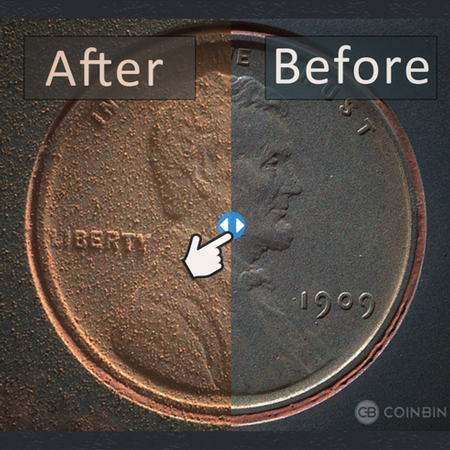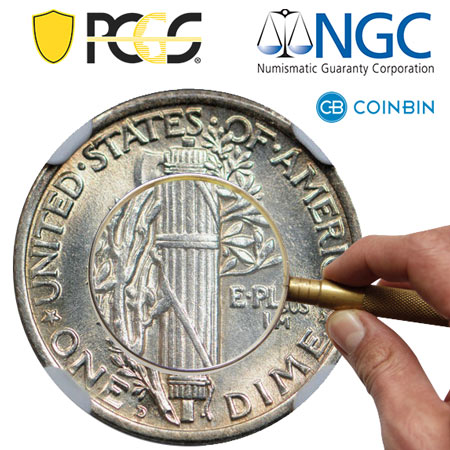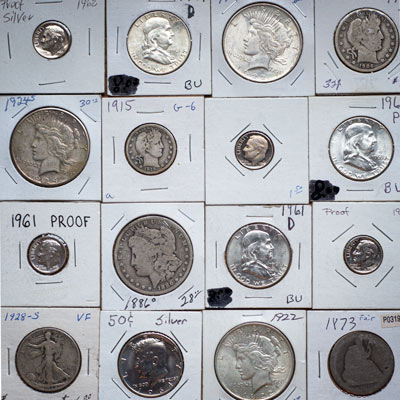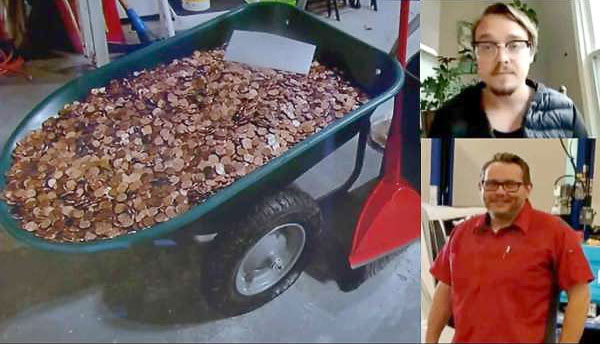How are coins made?
The US Mint is responsible for creating all of the coins in and out of circulation, with facilities in Philadelphia, Denver, San Francisco, and West Point. Minting is simply put a factory that creates coins. Like any good factory it has simple and reliable steps that ensure the accuracy of the final product.
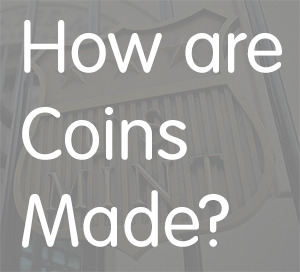
Step 1: Design Creation
People who work for the United States make designs that show important things about our country, like famous people or landmarks. They get help from others to make sure the design is right.
Step 2: Creation of Master Die
A master die is sort of like a big stamp. The master die is used to create other dies and so long as the Master Die is intact the process can continue.
Step 3: Creation of Planchets
Planchets are essentually coins without any marking on either the edge, obverse, or reverse of the coin. If you have ever seen old electrical boxes, the metal circles laying near them are pretty much planchets. The planchets are coins in the making.
Step 4: Feeding of Planchets
The planchets are then cleaned and polished removing any dings, burs, and scratches.
Step 5: Striking of the Coin
The cleaned planchets are then fed into a hopper and struck by the die.
Step 6: Inspection and Packaging
Each coin is checked to make sure it's just right. Then, the coins are put into packages and sent to banks for people to use.

